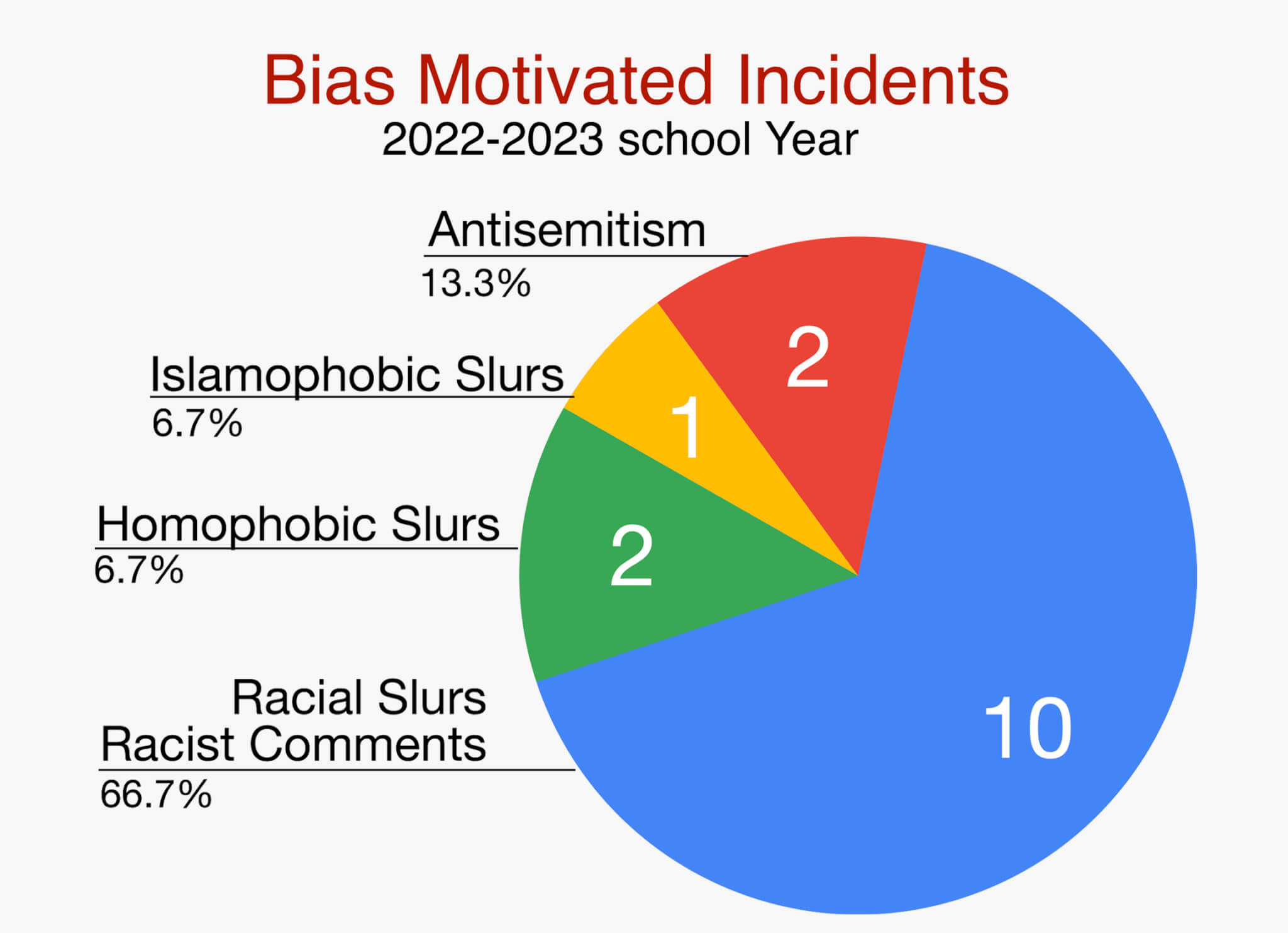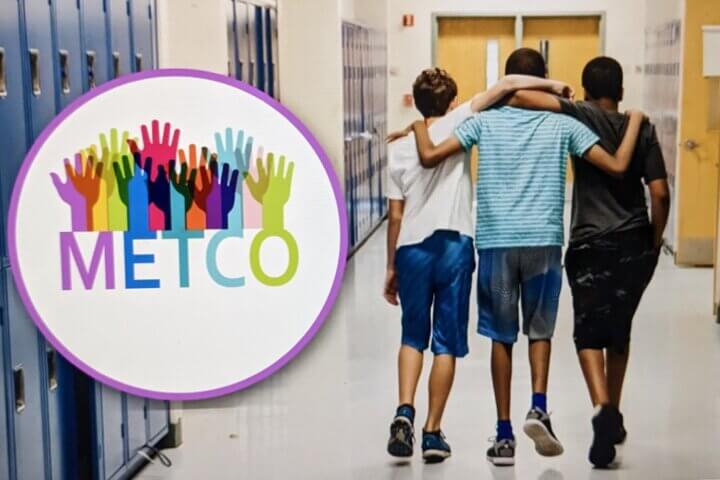By Caitlin V. Reidy — Correspondent
In the past year, the regional school district’s DEIB (diversity, equity, inclusion and belonging) Initiative has rolled out several new programs to promote anti-racism education.
Besides creating integrated reporting systems for bias incidents and hate crimes, the Initiative educates students and staff about representation and inclusion.
The Concord Bridge spoke with Andrew Nyamekye, the district’s DEIB director, to learn more.
This interview has been edited for brevity and clarity.

The Concord Bridge: How and when did the new bias incident reporting system roll out?
Andrew Nyamekye: Part of the rollout of what we’re going to be doing this fall is messaging the parent community. That is the one stakeholder group that we have not messaged just yet.
In terms of implementation of the bias incident/response protocol and then the reporting form, the work around that started three years ago when I was appointed director.
Last September, I met with every department in our district, providing context for why we’re doing this, why the protocol exists, what the reporting form looks like, and the legal parameters that we are obligated to meet. We had an assembly with all Concord Middle School students. Our student leaders, myself, and Principal [Justin] Cameron met with the student body and shared the bias response protocol.
We are getting ready to really roll out all the materials. The reporting form is going to be on an 8×11, a large flier that is going to be displayed in every school in all the classrooms. The bottom left-hand corner is a QR code that will direct you to the reporting form.
Any student or faculty member or adult who has experienced any bias, discrimination, or hate crime will be able to formally report that incident. That report goes directly to the administration. The principal, the assistant principal, and I get a copy of it.
Usually the assistant principal will investigate and communicate with the victims and the aggressors and anyone that’s really impacted. It looks a little bit different for the elementary level. The protocol will not have a QR code, but teachers will know exactly where to go to access the reporting form.
We are redesigning our school website. Under the DEIB page, there will be a tab specific to bias reporting, with forms for each school. Those reports go to the principal.

Q: How many hate-driven incidents were reported this past school year, if any? What has the school’s response to these incidents been?
A: We are still pulling that data together.
In 2022-23, we did a two-year racial equity audit, and we found 92 percent of parents feel comfortable reporting racial harassment or discrimination they witnessed at their child’s school to a teacher or their principal; 63 percent of teachers feel comfortable reporting racial harassment or discrimination that they experienced to their principal. Also, 87 percent of teachers feel comfortable reporting those same incidents they witnessed.
Some shocking data: 60 percent of middle and high school students of color and 64 percent of white students at the middle school and high school were unaware of a process for handling such incidents.
Q: What kind of training has been expanded for staff?
A: All of our support staff, every summer, go through an implicit bias training program. Represented is food services, to the maintenance crew, to building servers, workers, bus drivers, tutors, paraprofessionals, admin assistants. Anyone that falls under the support staff umbrella is strongly encouraged to attend. Last summer was our first year, and we had over 100 support staff attend, which was incredible.
Q: Is there “training” for students? Are kids being taught about DEIB?
A: Let me start with the high school. Every year, we organize a schoolwide DEIB assembly. We have a student panel where specific students from all different racial, ethnic, religious and gender backgrounds, all different identities, are represented. We also invite faculty and support staff members who want to sit on this panel.
Toward mid-November, early December, all ninth graders go through the implicit bias training. There are different initiatives throughout the school year that all ninth graders will participate in, such as restorative practices.
We have had a longstanding partnership with the Celtics’ Organization Shamrock Foundation. We have been conducting the Celtics Playbook Initiative for about six years. This is an anti-discrimination, anti-bullying training program for middle school students.
Q: How about in terms of LGBTQ+ students?
A: Absolutely. Every single identity is represented, and it is intentional by design.
We have a longstanding Spectrum Club at the high school. We just celebrated 30 years. We do a lot of work with them in terms of student engagement opportunities. We have the GSA (Gender Sexuality Alliance); that’s the middle school equivalent of Spectrum. Each of these student organizations has a faculty adviser who shares that identity, so it’s authentic.






